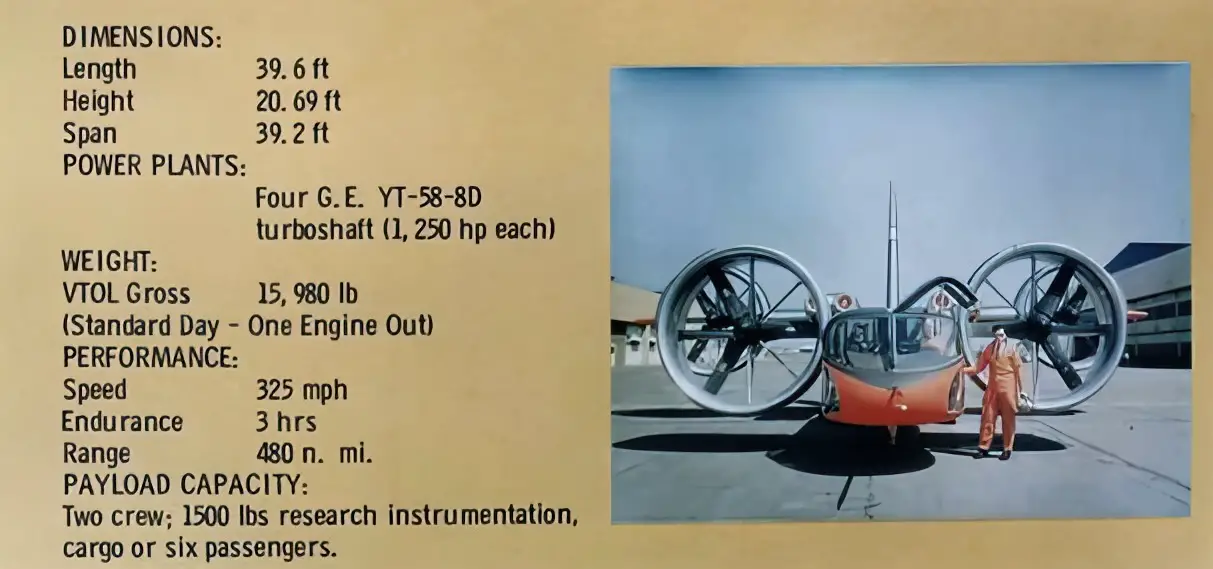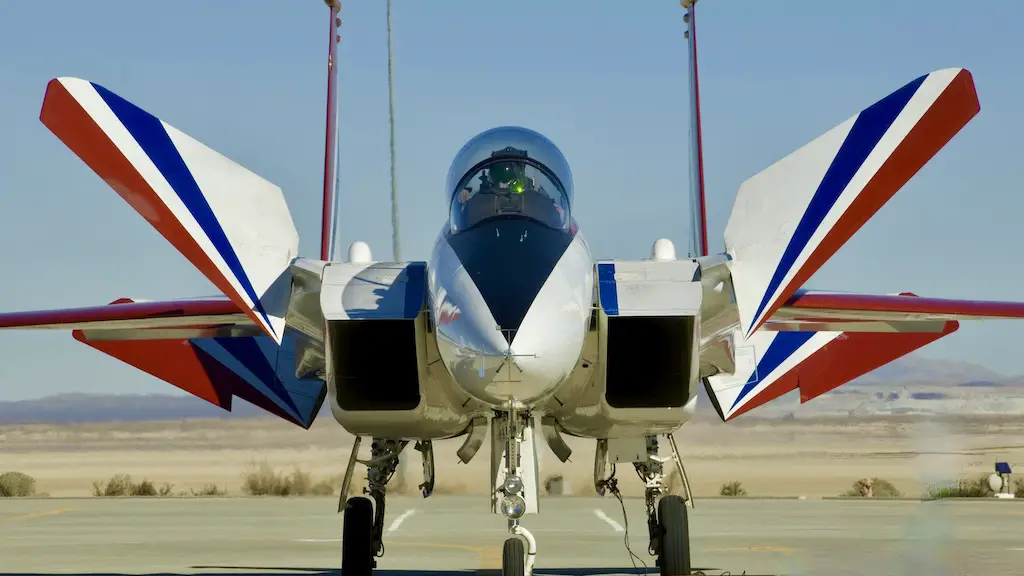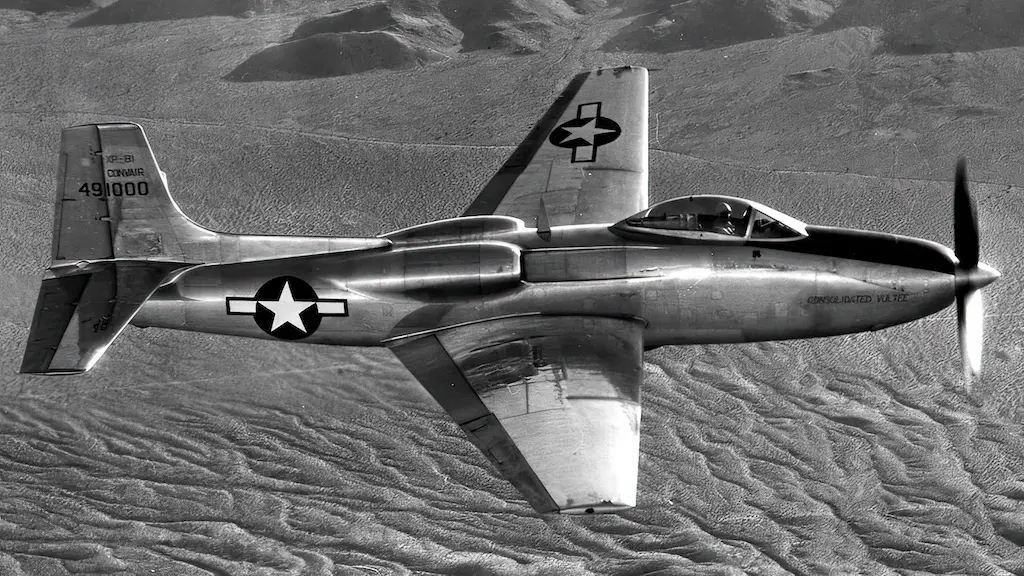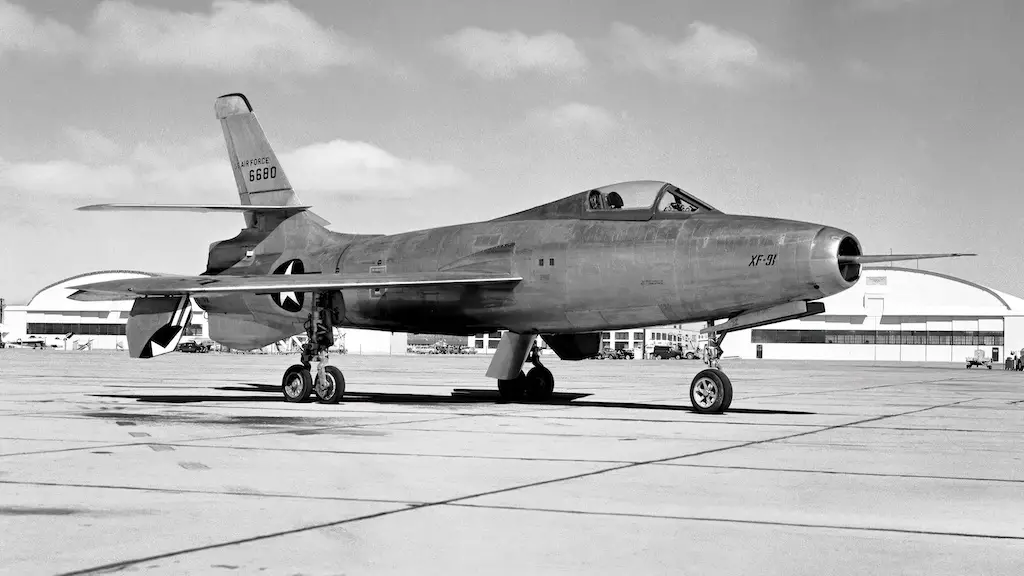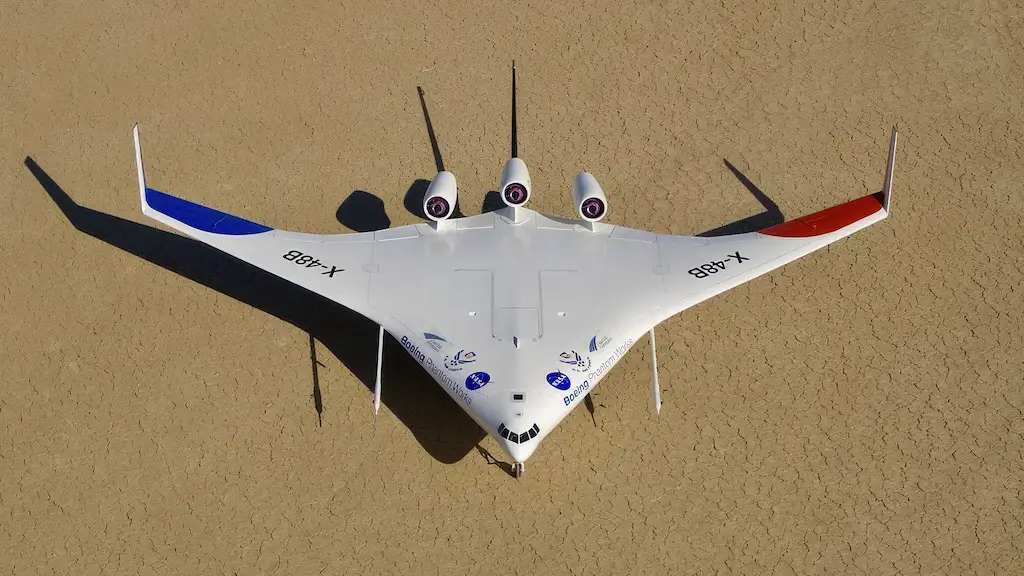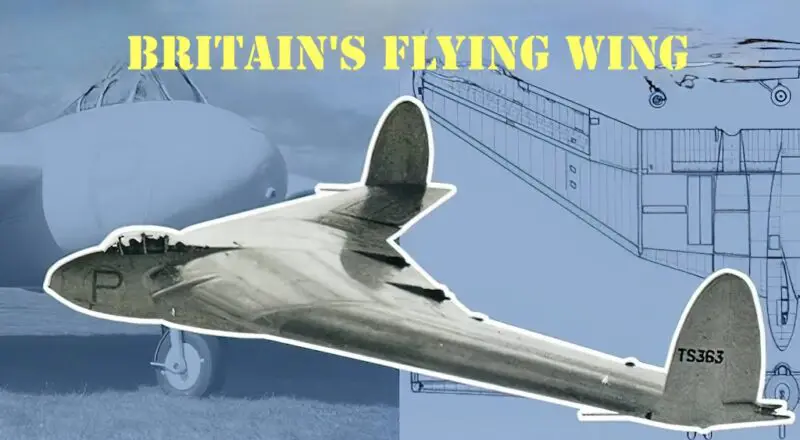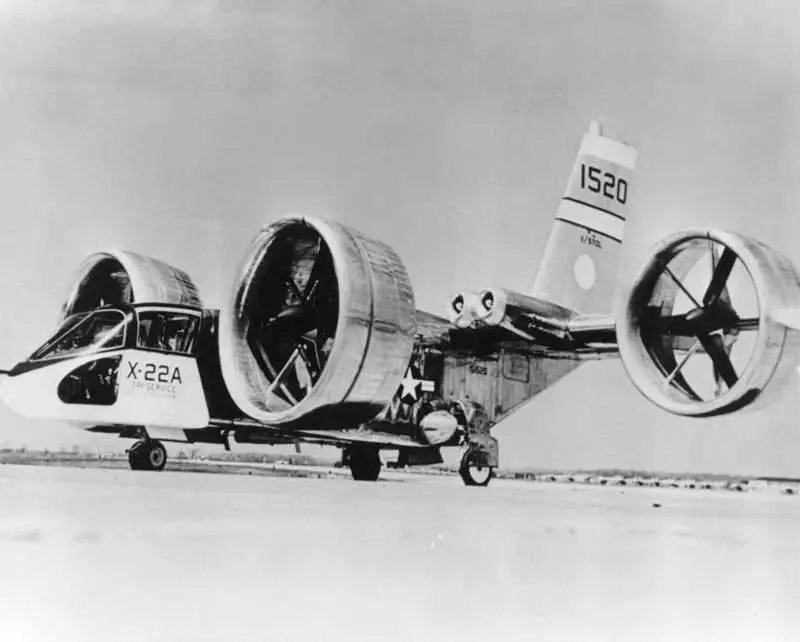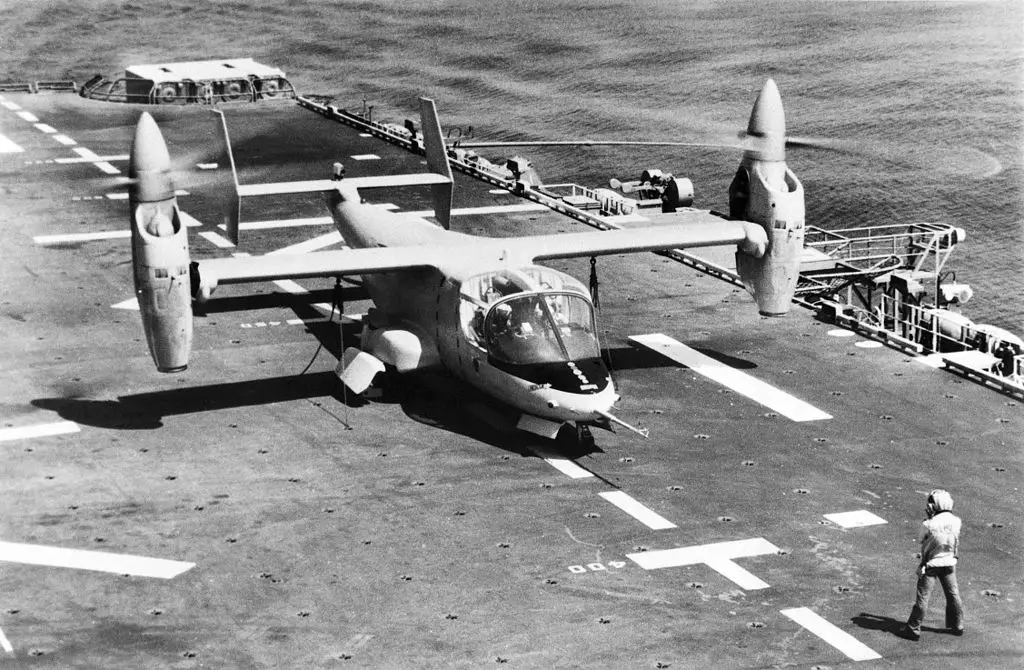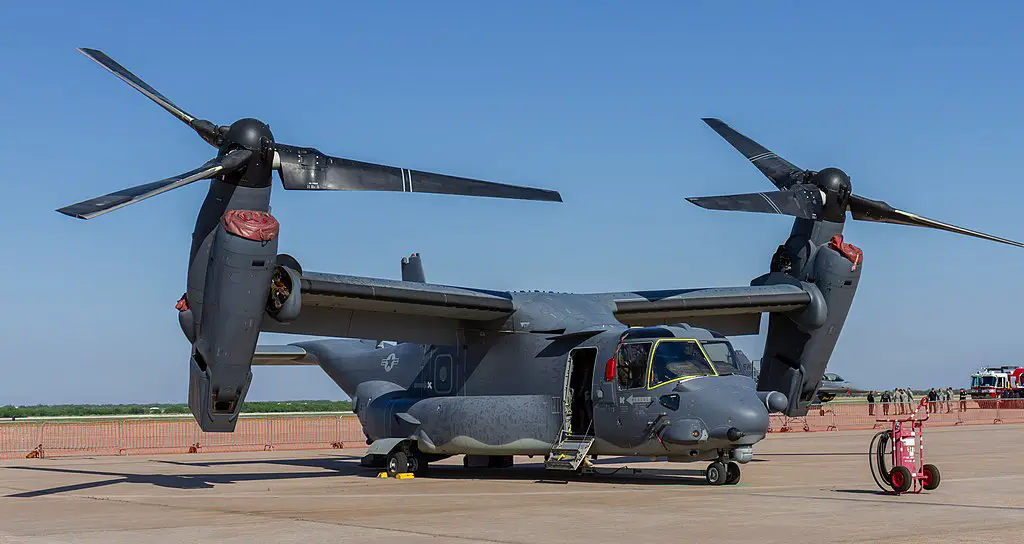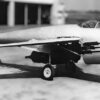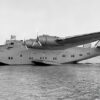A Pioneering Aircraft Takes Flight
In the 1960s Bell Aerospace creates the groundbreaking Bell X-22, an experimental Vertical Takeoff and Landing (VTOL) aircraft, mainly for the United States Navy. Even though the X-22 never moved beyond the experimental stage, its unique design and technical features left a lasting impact on development of future VTOL technologies.
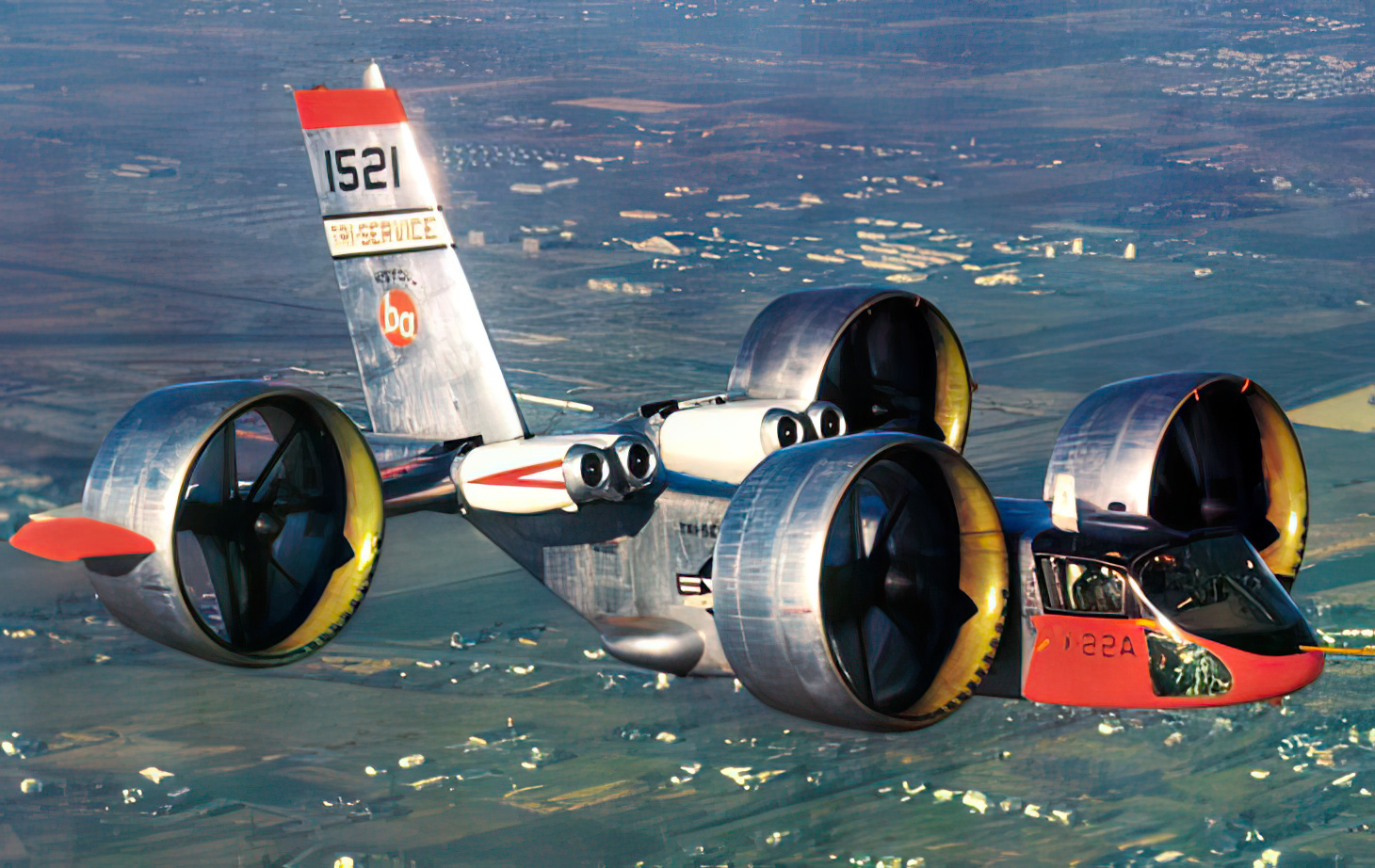
The Genesis of the X-22 Project
In 1962, the U.S. Department of Defense casts out a call for new VTOL aircraft proposals. They aim to develop a platform capable of operating from small ships and unprepared landing sites. The X-22 is born as a proof-of-concept vehicle to evaluate the potential of VTOL technologies in both military and civilian applications.
Bell Aerospace secures the contract to develop the X-22, and on March 17, 1966, the first prototype soars into the sky. The X-22 stands out from other VTOL aircraft of the era with its unique design. Its most striking feature: four ducted fans mounted at the tips of a large, rectangular wing. Powered by two General Electric T58-GE-16 gas turbines, these fans can rotate to direct thrust either vertically or horizontally. This groundbreaking design enables the X-22 to take off and land vertically like a helicopter, while also providing forward thrust for high-speed flight.
Innovative Solutions and Lasting Impact
The ducted fan configuration of the X-22 offers many advantages over traditional VTOL designs. The ducts enclose the rotating fan blades, enhancing safety; they also reduce noise, making the aircraft more suitable for urban operations. Additionally, the ducted fans are more efficient than conventional propellers, resulting in improved performance and range.
As the story of the X-22 unfolds, it inspires the development of future VTOL technologies. Although the project is ultimately canceled in 1970, the knowledge gained from the X-22’s test program continues to influence aviation history. In the years that follow, the lessons learned pave the way for new aircraft designs, including the Bell XV-15 and the V-22 Osprey, a successful tiltrotor aircraft still in use by the U.S. military today.
In this captivating tale of the Bell X-22, we witness the birth of a pioneering VTOL aircraft that leaves a lasting impact on the world of aviation. Its legacy reminds us that even when projects don’t reach their final destination, the knowledge and experience gained can inspire future generations and lead to incredible innovations.
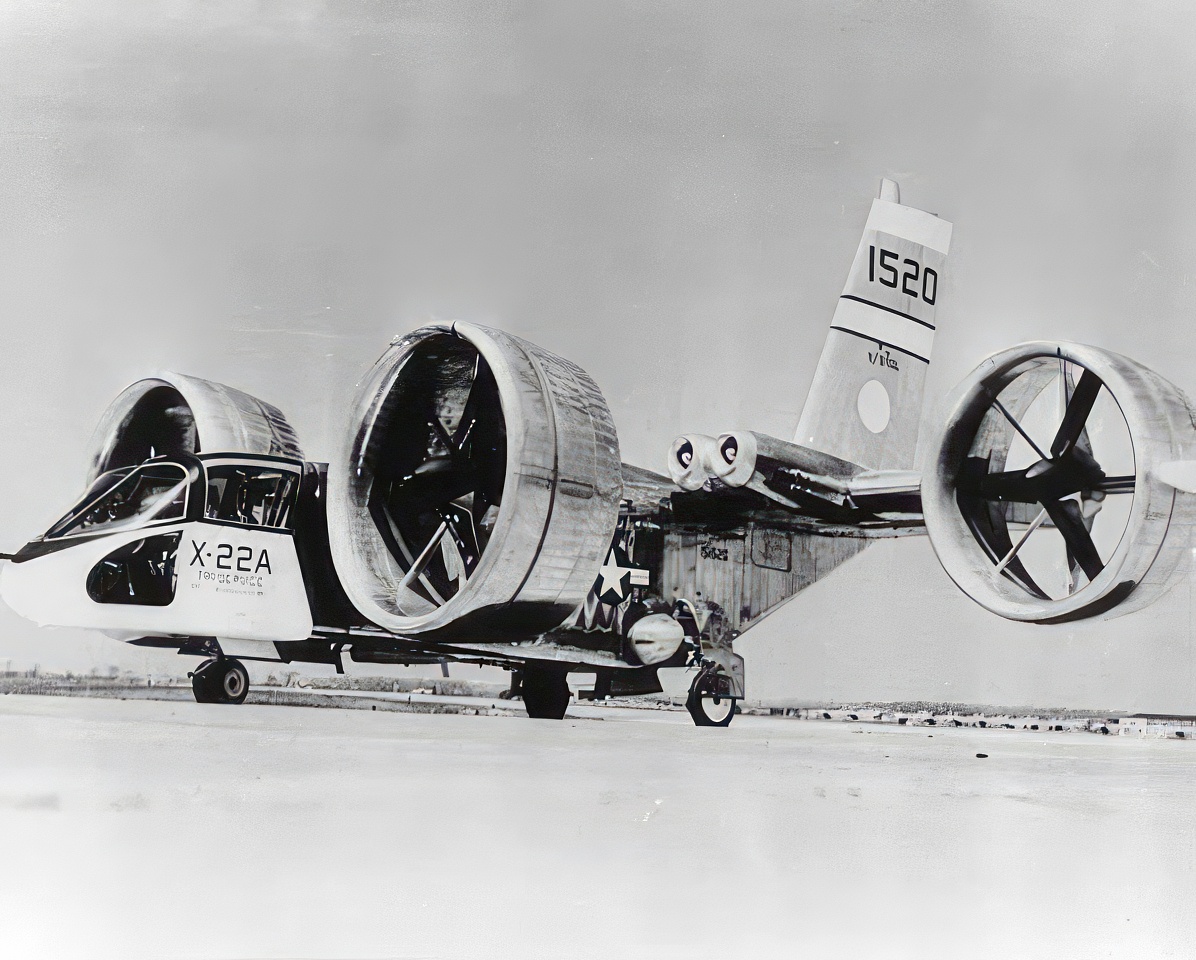
Advantages of the Ducted Fan Configuration
The ducted fan configuration offered several benefits over traditional VTOL designs. Firstly, the ducts enhanced safety by enclosing the rotating fan blades. Secondly, they reduced the noise produced by the aircraft, making it more suitable for operations in urban environments. Lastly, the ducted fans were more efficient than conventional propellers, resulting in improved performance and range.

Specifications of the X-22
Constructed mainly of aluminum, the X-22 had a maximum takeoff weight of approximately 14,000 pounds. The aircraft measured 39 feet long, with a wingspan of 39.3 feet and a height of 17.2 feet. It boasted a top speed of 230 miles per hour and a range of roughly 450 miles. The X-22 could carry a payload of up to 2,500 pounds and was equipped with tricycle landing gear for conventional landings when needed.
Testing and Technical Challenges
During its test program, the X-22 successfully showcased several key VTOL capabilities, such as hovering, transitioning from vertical to horizontal flight, and landing vertically. However, the aircraft faced multiple technical challenges. The complex ducted fan system was difficult to control, especially during the transition between flight modes. Moreover, the X-22’s range and payload capacity paled in comparison to contemporary fixed-wing aircraft.
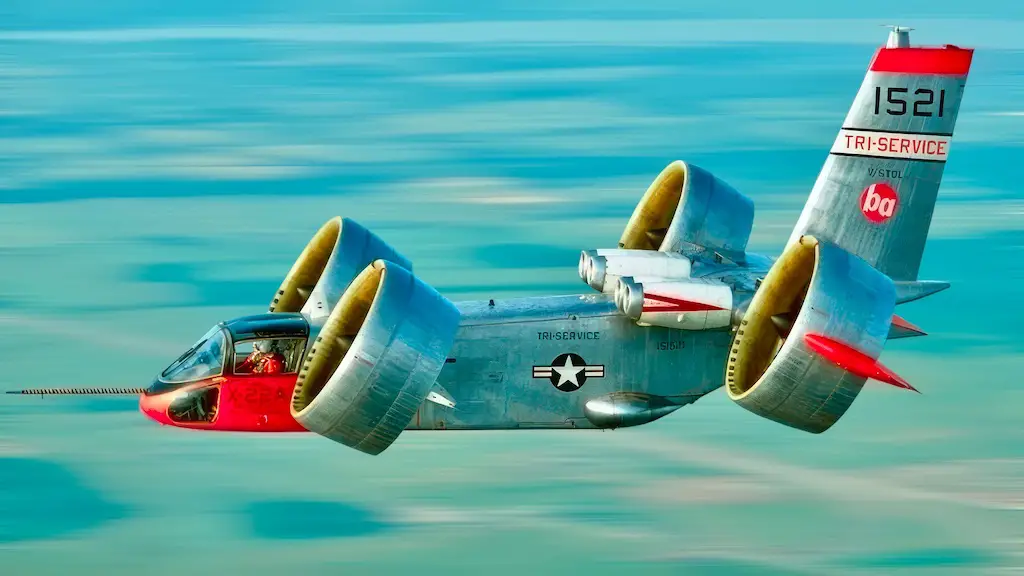
The End of the X-22 Project
In 1970, the Bell X-22 project was canceled after only two prototypes were built. Budget constraints and shifting military priorities contributed to the program’s termination, along with the technical challenges faced during development. Despite its cancellation, the X-22 provided valuable data and insights for future VTOL aircraft designs. The lessons learned from the X-22 program aided in developing the Bell XV-15, which subsequently paved the way for the V-22 Osprey, a successful tiltrotor aircraft used by the U.S. military today.
The Bell X-22 was a trailblazing VTOL aircraft that significantly contributed to the development of vertical takeoff and landing technologies. Its innovative design and the knowledge gained from its test program have left.
